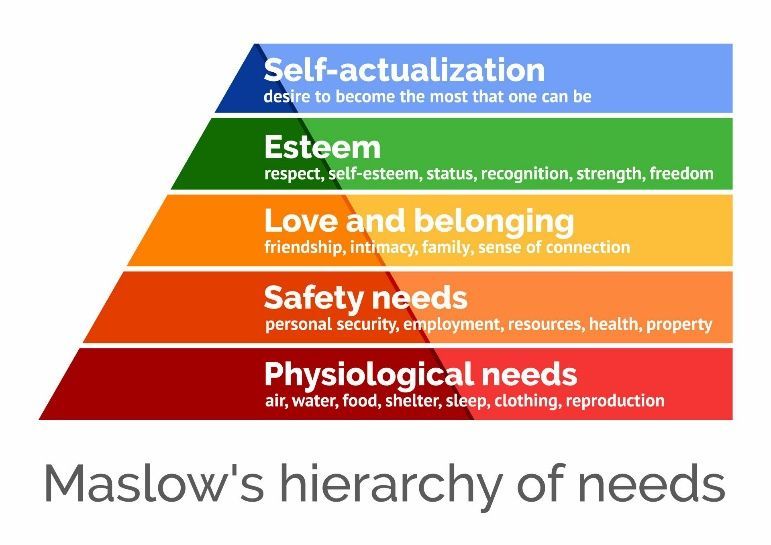A Case Against That Promotion
By Dr. Nikie Walker, Ed.D. | HR Consultant & Leadership Strategist | 20/20 Walker Consulting
When I entered the workforce—too many years ago to mention—the only way to make more money, gain respect, and finally snag that corner office was to "climb the corporate ladder." Many industries still operate with this mindset, not just in corporate America. However, in recent years, there's been a subtle shift. With the phrase "work-life balance" gaining momentum since the '80s, employees are starting to realize that the responsibilities and pressures tied to promotions might not be worth the trade-off.
We’re also recognizing that just because someone excels at managing the books doesn't mean they'll thrive managing people. Leadership and management require an entirely different skill set than being efficient in their current role. Many employees, flattered by the offer of a promotion or enticed by a pay bump, dive in headfirst. But once in the role, they can feel overwhelmed, overworked, and stressed out. Essentially, they’ve been set up to fail or quit—and no one wins in that scenario.
So, What Can Employers Do?
As an employer, manager, or leader, consider these two approaches to support employee growth without pushing them into management roles:
1. Job Enlargement
According to an article from the Academy to Innovate HR, job enlargement involves expanding an employee's role with additional tasks:
- Horizontal Job Enlargement: Adding tasks similar to the employee's current duties. For example, expanding a salesperson’s territory to boost commission potential while increasing the company’s regional presence.
- Vertical Job Enlargement: Increasing an employee's scope of responsibilities and autonomy. For example, allowing an administrative assistant to manage the budget for team-building activities or oversee new hire training. This fosters a sense of fulfillment, trust, and contribution to the organization.
Advantages:
- Reduces monotony
- Promotes skill development and career growth
- Increases employee engagement and satisfaction
- Improves efficiency and productivity
- Provides more autonomy and accountability
Disadvantages:
- Potential decrease in efficiency
- Risk of lower-quality work
- Job Creep: Success with added tasks can lead to piling on more duties without proper support
2. Job Enrichment
In the article Difference Between Job Enlargement and Job Enrichment on Testbook, job enrichment is defined as adding tasks that provide a deeper, more meaningful layer to an employee's role.
Advantages:
- Increased job satisfaction
- Enhanced skill development
- Personal growth opportunities
- Greater autonomy, empowerment, and decision-making
- Sense of achievement
- Career advancement potential
- Higher motivation
- Improved retention and employee buy-in
Disadvantages:
- Skills and knowledge gaps may emerge
- Resistance to change
- Potential for increased stress
- Higher expectations without adequate support
- Increased costs for training and development
- Potential conflicts of interest
- Reduced task efficiency
Determining Employee Strengths
Identifying the skills an employee possesses and understanding how they can excel within your organization is one of the most challenging aspects of leadership. It requires a keen eye for talent, a deep understanding of organizational needs, how they align with your organization’s mission and vision and a proactive approach to employee development. The goal is to align individual strengths with roles that not only drive business success but also foster personal growth and job satisfaction.
How Do You Know What’s Right for Your Employees?
Communication. Communication. And when you think you’ve communicated enough? Communicate some more.
Employees are as unique as fingerprints. Some will tell you straight up, "I don't like this situation." Others will nod, say, "Whatever you need me to do," and then vent to anyone who'll listen about how much they hate the new arrangement.
I’m a big fan of anonymous surveys and trial periods for new roles. Don’t be afraid to experiment with new approaches but also allow employees the grace to step back if it’s not the right fit. Support your employees in their new role and provide resources and training where needed. Frequent check-ins are vital to their success as well. Flexibility and adaptability aren’t just a buzzword; it’s essential leadership.
References:
Testbook. (2023, June 21). Difference Between Job Enlargement and Job Enrichment. Retrieved February 4, 2025, from
https://testbook.com/key-differences/difference-between-job-enlargement-and-job-enrichment
van Vulpen, E. (n.d.). What is Job Enlargement? [A Guide + 3 Examples]. AIHR. Retrieved February 4, 2025, from
https://www.aihr.com/blog/job-enlargement/


